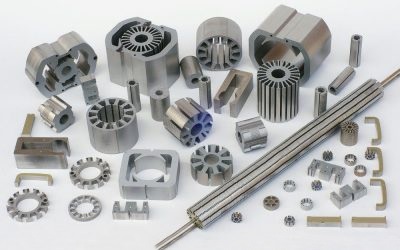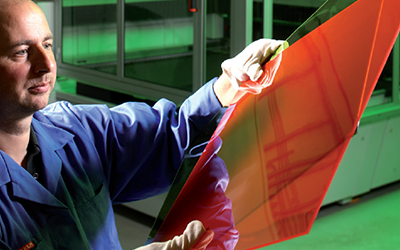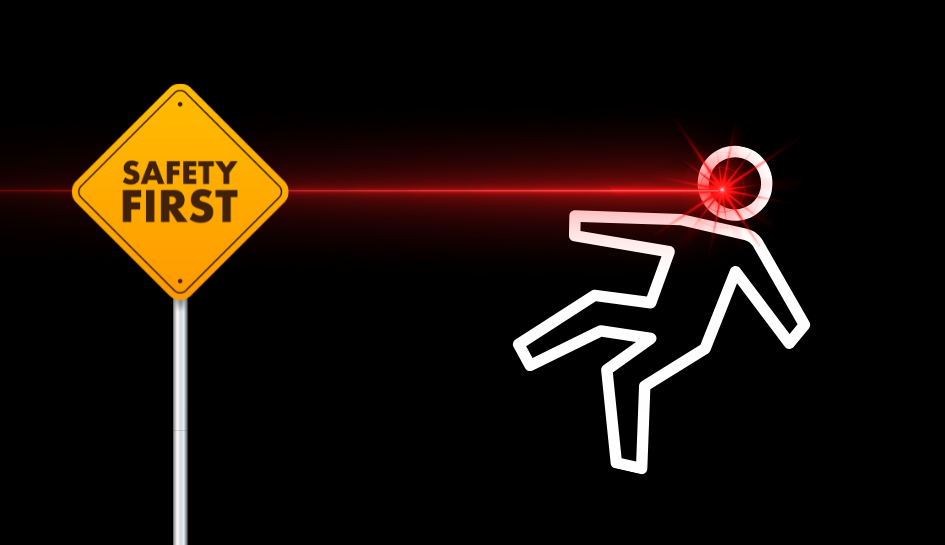- long-lasting connection of materials (compared to mechanical clamping),
- low heat emission (compared to conventional welding, e.g. WIG),
- virtually no deformation of the sheet metal package and individual sheets relative to each other (compared to conventional welding),
- low to negligible influence of the unmelted zone on the electromagnetic properties of the sheet metal package (compared to conventional welding).
Benefits of fiber laser welding
Two beneficial aspects of scanning fiber laser welding are particularly worth highlighting: low heat emission and low impact on the electromagnetic properties of the parts to be joined.Possibilities of producing a weld
Thanks to the so-called “vobulation technique”, the laser beam can be guided not only along the geometry of the joint, but also along the geometry of the joint. wobulation technology, the laser beam can be guided not only along the geometry of the joint, but can also move with the help of scanning mirrors – at a high, adjustable frequency measured in kilohertz – across from the direction of joint formation. Using wobulation technology, a small-diameter beam at the focus (30 μm) can melt a wider and defined area of the joint.Since some electromagnetic sheets made of iron-silicon alloys (EN 10107) tend to form pores, other problems also arise during welding. Individual sheets are partially glued together during bundling, so that when welding, the glue within the weld area can outgas and cause pores to form in the weld.
By using scanning and wobulation technology, the weld zone can be cleaned of any residual adhesive used in the bundling process before welding at high speed. Only then does the actual welding process take place. Finally, in the third pass of the laser, the weld zone is smoothed. All steps are performed using the wobulation technique.
This procedure allows fast processing while maintaining good joint quality (rare occurrence of pores). Despite the many processing steps, this method – mainly due to the small focal length and the ability to shape the weld – is more economical than conventional joining methods.
The laser welding process presented here was developed as a result of cooperation between Laser-PRO sp. z o.o. and ROFIN’s Applications Department and implemented for use with customers. A fiber laser from the FL series – from the FL x50 model (500 W) to the FL 040 (4000 W) – and ROFIN’s scanning optics were used for its implementation.



